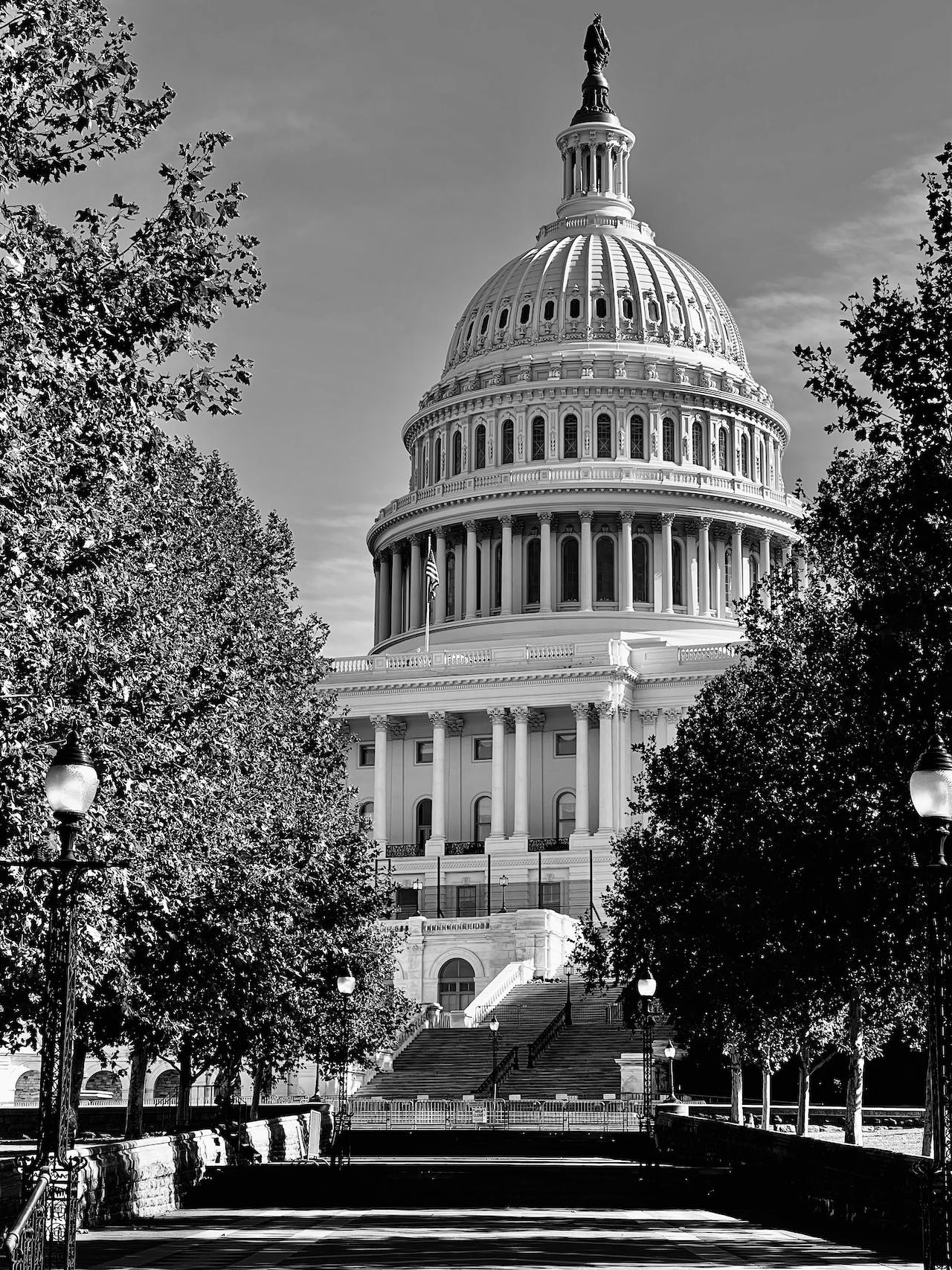In the dynamic landscape of finance and economics, the Federal Reserve, or the Fed, continues to play a pivotal role in navigating through the constant fluctuations and changes. Federal Reserve released the minutes of the Dec. 12-13 on Wednesday. At their recent meeting, the Federal Reserve policymakers demonstrated confidence in the economy’s progress by deciding to keep their key interest rates unchanged for the third consecutive time.
The decision to maintain the current benchmark rate of 5.4% was primarily influenced by the easing of inflationary pressures and a stabilizing job market. These factors, which had been persistent concerns for the Fed, prompted a series of rate hikes since 2022. However, with inflation rates showing a deceleration and the job market proving resilient, the Fed’s decision signals progress in its anti-inflation campaign.
During the meeting, Fed officials deliberated on interest-rate forecasts for the upcoming years, indicating a potential decrease in the benchmark rate by the end of 2024. This aligns with their overarching goal of sustaining inflation at a steady 2%. Nevertheless, officials underscored the importance of a cautious approach, emphasizing that rate adjustments would only be considered if inflation exhibits sustained signs of moving downward.
While Chairman Jerome Powell suggested at a news conference after the meeting that the Fed was likely done raising rates, the released minutes revealed lingering uncertainty about the economy’s outlook. This implies that the possibility of further rate hikes cannot be entirely ruled out, highlighting the Fed’s commitment to flexibility.
Despite the unexpectedly robust GDP growth rate of 4.9% in the third quarter of 2023 and a healthy job market with 232,000 jobs added each month, the Fed remains vigilant and ready to adapt. The combination of a stable economy and a deceleration in inflation raises hopes for a “soft landing” – a controlled economic slowdown without triggering a recession, a development with significant global ramifications.
Maintaining a low unemployment rate of 3.8%, the lowest since the 1960s, for 23 consecutive months indicates a positive trajectory for the future. The recent Labor Department report showing a decrease in job openings is perceived by the Fed as a method to alleviate pressure on companies to raise wages, potentially mitigating inflation concerns without resorting to layoffs.
In conclusion, the decision by the Federal Reserve to keep rates unchanged for the third straight time is a positive indicator for the economy. With inflationary pressures easing and the job market remaining resilient, the outlook appears promising. However, the Fed’s cautious stance and readiness to make changes when necessary underscore the unpredictable nature of economic dynamics. As we progress, continued monitoring of the Fed’s actions is crucial, placing trust in their expertise to guide the nation through these uncertain economic times.
Source: AP News



